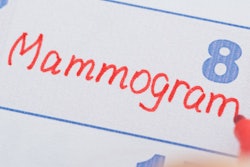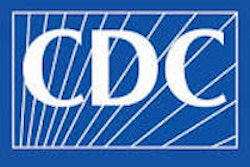Sunday, November 27 | 11:15 a.m.-11:25 a.m. | SSA01-04 | Arie Crown Theater
Digital breast tomosynthesis (DBT) is better than mammography at identifying architectural distortions in breast tissue -- which means it reduces the variability of results between exam readers and increases readers' confidence in their interpretations, according to this study being presented on Sunday morning.Dr. Elizabeth Dibble of Brown University and colleagues searched for the terms "architectural distortion" or "possible architectural distortion" on screening exams acquired at a tertiary breast center between March 2012 and November 2013. The group recorded patient demographics, imaging and pathology findings, and follow-up imaging results.
Two breast radiologists and two breast imaging fellows blinded to exam outcomes reviewed images of two patient groups in four sessions: first, group A receiving mammography only and group B receiving DBT only; then, a month later, group A receiving DBT only and group B receiving mammography only. The readers recorded whether architectural distortions were present and rated their confidence in their interpretation on a scale of 1 to 4. Dibble's group also compared confidence ratings between the two modalities and between attending physicians and fellows, evaluating interpretation agreement by breast rather than by patient.
The researchers identified 59 patients with architectural distortions and 59 control patients. Of the women with architectural distortions, 79.7% had heterogeneously or extremely dense breasts, while 78% of the controls had heterogeneously or extremely dense tissue. Interobserver variability for mammography was 0.53 for right breasts and 0.57 for left breasts; interobserver variability for DBT was 0.72 for right breasts and 0.69 for left breasts. In addition, reader confidence was higher with DBT, reaching statistical significance.
DBT decreases interobserver variability and increases reader confidence in detecting architectural distortions, Dibble and colleagues concluded.
"This may lead to improved detection of this subtle manifestation of breast cancer," they wrote.



















